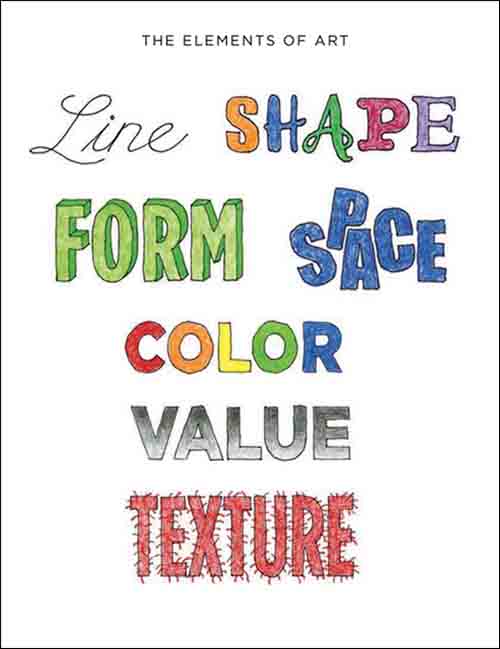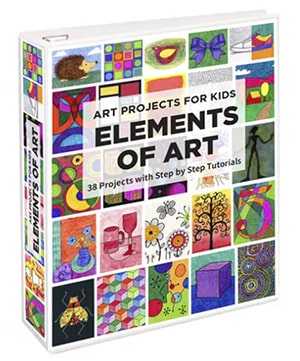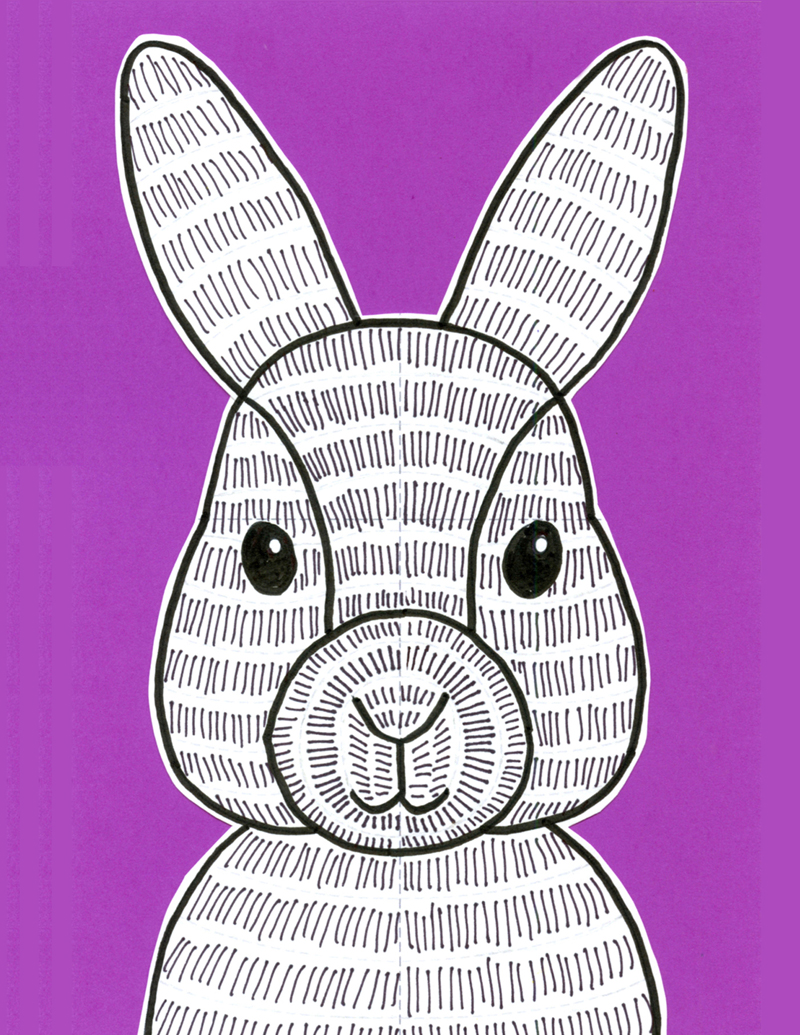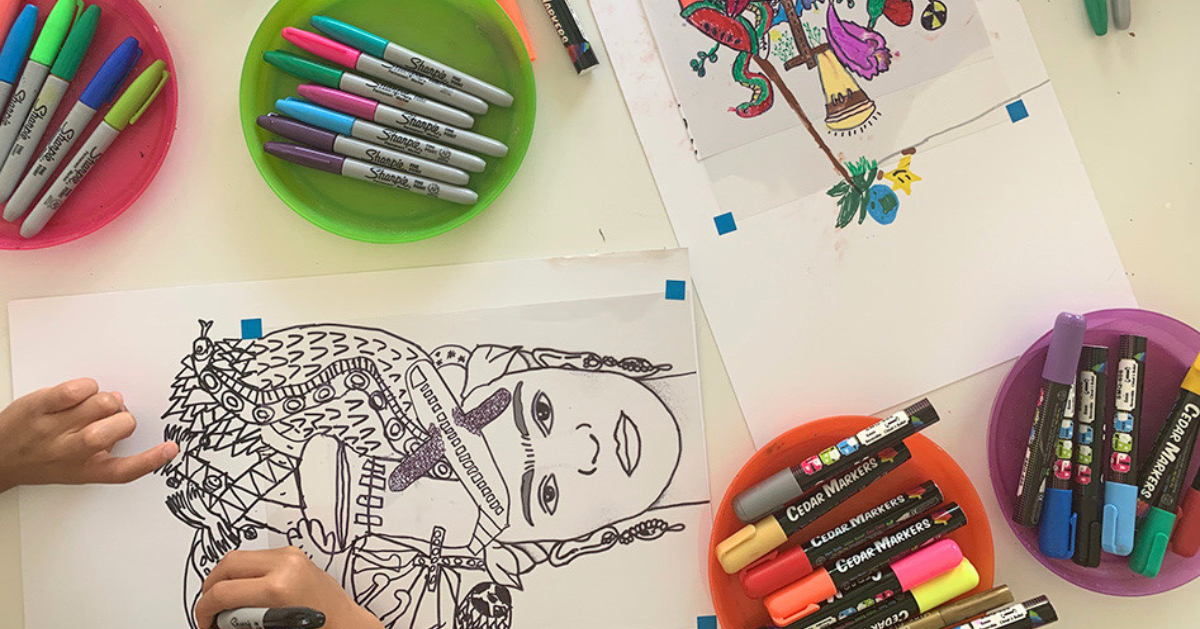
Don’t just write boring definitions of the Elements of Art, color the words with what each means instead. Visual learning to the rescue!
Why Learn about the Elements of Art?
The seven Elements of Art help students think and talk in more detail about their art. By considering the Line, Shape, Form, Space, Color, Value and Texture in your work, they are able to analyze each category so they can understand them better. After all, if someone says, “I like your drawing because it has so much color and texture in it”, isn’t that a whole lot more helpful than if someone just says, “That’s a nice drawing”?
Here are some simplified definitions of each Element of Art.
LINE: One point moving around in space.
SHAPE: A shape that looks flat, or two-dimensional.
FORM: Something that appears to be three-dimensional.
SPACE: When something has a sense of depth.
COLOR: Made of three properties: hue, value, and intensity.
VALUE: The lightness or darkness of colors.
TEXTURE: The way things feel, or look as if they might feel, if touched.
Also Read : Why Physical Exercise is Important for Bone Health in Kids – ChildrensMD
For more ideas, check out this Elements of Art ebook!

How about an ebook then that is full of art projects that already have one or more of the Elements built right in? If so, you might be interested in this ebook that is designed to work with my Recycled Art Journal system (making art on half sheets of drawing paper) but can easily work on full sizes as well. There are 38 ideas with step-by-step tutorials inside!
For expanding this idea even more, you can also teach your students about the Principles of Design.





